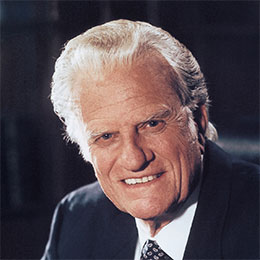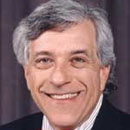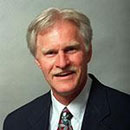Health
/ArcaMax
Positive Aging: Parkinson's
Way back in the 1980s, I had the dream job of health and fitness editor at the Los Angeles Times Syndicate. For as long as I can remember, I've been curious about all aspects of health, and that job gave me a reason to read and research publications that focus on how our bodies work.
Ever since then, I've been collecting books that are first-...Read more
Positive Aging: Resilience
According to conventional wisdom, every person on the planet faces challenges, even though it sometimes seems that a chosen few skate through life unscathed. The truth is, at some point or another, events -- a broken heart, family conflicts, a health crisis, job loss, money problems, political upheaval -- will bring us to our knees. The good ...Read more
Senior Living: The Importance of Hobbies
A report from South Africa's Helderberg Society for the Aged recently caught my attention because it focused on the importance of hobbies. It listed 10 benefits of hobbies. Having one does the following:
1) Makes you more interesting because of experiences or knowledge that can be shared with others.
2) Helps relieve stress because it takes ...Read more
Positive Aging: Please Read This Book, Part 2
Last time, I made a strong suggestion that everyone add "Happiness Is A Choice You Make: Lessons From a Year Among the Oldest Old" by John Leland to their must-read book list. Thanks to his series in The New York Times, I'd been aware of his yearlong project following the lives of six elderly New Yorkers (the "oldest old," i.e. those over 85), ...Read more
Positive Aging: Please Read This Book, Part 1
It's no secret that I am a lifelong unabashed book addict. And when I come across a wonderfully written volume, there's no way I can keep quiet about my discovery. As a baby boomer, I've got a long way to go before I become a member of the fastest-growing age group in America -- the "oldest old." I do, however, have friends and neighbors who fit...Read more
Positive Aging: Don't Be a Technophobe
It's no secret that many "mature Americans" are scrambling to keep pace with the rapid advances in the technological revolution. I often hear older friends bemoan the fact that they don't have a handy teenager available to reset their smart TV, program their iPhone or teach them how to take advantage of social media. In fact, most of the senior ...Read more
Positive Aging: The Benefits of a Smile
I was intrigued when I learned that British researchers had followed 138 people ranging from 65 to 85 years old who received flu vaccines back in 2014-15 to measure the shots' effectiveness. The study, which appeared in Brain, Behavior, and Immunity, recorded factors like diet, mood, negative thoughts, sleep patterns, stress and other measures ...Read more
Positive Aging: Nobel Prizes and Age
When she was only 17 years old, Malala Yousafzai became the first teenager to ever win a Nobel Prize. Decades earlier, Albert Einstein (erroneously) commented, "A person who has not made his great contribution to science before the age of thirty will never do so." Do you ever worry that because you are older, your smartest days are behind you?
...Read more
Positive Aging: Your Story - Part 3
Because I'm an author, columnist and journalist, working with words comes naturally. But I'm well aware of the fact that for many people, the idea of writing their life story can sound more like the world's worst homework assignment than an easy way to let friends and family members know and understand the events of their life. This is where ...Read more
Positive Aging: Your Story - Part 2
In my last column, I addressed the benefits of writing a memoir, both for yourself and your family members. After working with close to two dozen individuals who wanted to commit their life experiences to paper, I have learned that everyone's story has value. You don't have to be a hero, a survivor or an inspiring paragon of virtue to be worthy ...Read more
Positive Aging: Your Story - Part I
When I'm not working on my own writing projects -- or lost within the pages of a spellbinding bestseller -- I spend a lot of time helping other people write their memoirs. Since I live in South Florida, there are plenty of baby boomers (and even quite a few members of the greatest generation) who want to put the events of their lives in ...Read more
Positive Aging: Do You Have a Morrie?
Twenty-seven years ago, the international bestselling book "Tuesdays With Morrie" was published, and since then, over 15 million copies have been sold. Millions more watched the ABC movie adaptation of the book, which starred Jack Lemmon as Morrie and Hank Azaria as author Mitch Albom. It's a short, sentimental book that honors the mutually ...Read more
Positive Aging: Seniors and Alcohol Abuse - Part 2
In the last column, we discussed the surprising trend of increased drinking among older Americans, as well as the risks that accompany alcohol dependency. We all most likely know someone who has overused alcohol for a long time -- perhaps it's an uncle who always drinks too much at family dinners, or a sorority sister who can't get through the ...Read more






















